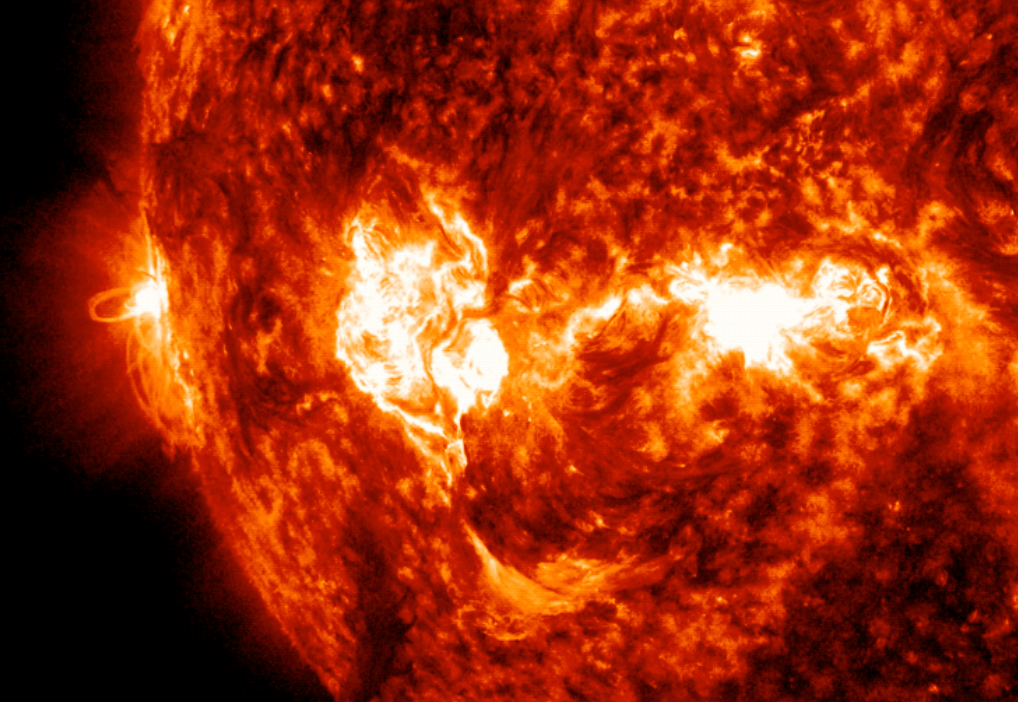Sun unleashes powerful solar flare, Nasa says

Your support helps us to tell the story
From reproductive rights to climate change to Big Tech, The Independent is on the ground when the story is developing. Whether it's investigating the financials of Elon Musk's pro-Trump PAC or producing our latest documentary, 'The A Word', which shines a light on the American women fighting for reproductive rights, we know how important it is to parse out the facts from the messaging.
At such a critical moment in US history, we need reporters on the ground. Your donation allows us to keep sending journalists to speak to both sides of the story.
The Independent is trusted by Americans across the entire political spectrum. And unlike many other quality news outlets, we choose not to lock Americans out of our reporting and analysis with paywalls. We believe quality journalism should be available to everyone, paid for by those who can afford it.
Your support makes all the difference.The Sun has unleashed a powerful solar flare, Nasa has said.
The flare, designated X2.3, belongs to the most intense X class of flares.
It was spotted by Nasa’s Solar Dynamics Observatory, which is constantly monitoring the surface of the Sun in part to spot such events.
Solar flares are strong blasts of energy that come out of the Sun and can cause danger to life on Earth. They bring the northern and southern lights, but can also cause problems for communications systems, electrical grids and other important infrastructure.
The Sun is currently entering the peak of its 11-year solar cycle, during which such solar weather is likely to increase. Experts have repeatedly warned that a particularly strong solar flare could damage critical parts of the infrastructure on which life depends.
Flares of this strength are “generally not common, although not necessarily unusual” when the Sun is at its solar maximum, as it is now, the National Oceanic and Atmospheric Administration’s Space Weather Prediction Center said.
The Space Weather Prediction Center said that there was a continuing risk of more, less intense flares – and that it was possible there would be similarly intense ones through the week.
Recent days have seen a run of strong solar flares. The most recent came on Halloween, 31 October, when another X2.3 flare was thrown out of the solar surface.
Earlier this year, the Earth was hit by its most powerful solar flare in decades. Researchers warned then that the powerful space weather could be a hint at the more intense future to come.
Join our commenting forum
Join thought-provoking conversations, follow other Independent readers and see their replies
Comments